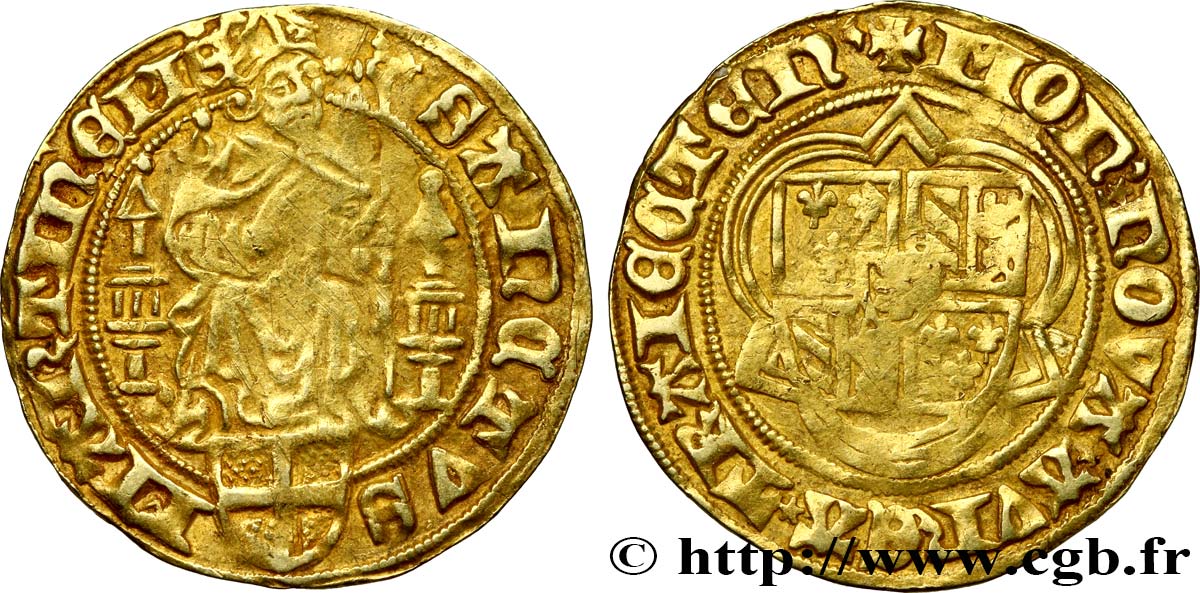Live auction - fwo_516436 - NETHERLANDS - BISHOPRIC OF UTRECHT - DAVID OF BURGUNDY Florin d’or au saint Martin n.d. Utrecht
You must signin and be an approved bidder to bid, LOGIN TO BID. Accounts are subject to approval and the approval process takes place within 48 hours. Do not wait until the day a sale closes to register. Clicking on "BID" constitutes acceptance of the terms of use of cgb.fr private live auctions.
Bids must be placed in whole Euro amounts only. The sale will start closing at the time stated on the item description; any bids received at the site after the closing time will not be executed. Transmission times may vary and bids could be rejected if you wait until the last second. For further information check the Live auction FAQ
All winning bids are subject to a 18% buyer’s fee.
All winning bids are subject to a 18% buyer’s fee.
| Estimate : | 500 € |
| Price : | 300 € |
| Maximum bid : | 300 € |
| End of the sale : | 05 March 2019 19:17:19 |
| bidders : | 1 bidder |
Type : Florin d’or au saint Martin
Date: (1456-1496)
Date: n.d.
Mint name / Town : Utrecht
Quantity minted : -
Metal : gold
Diameter : 23 mm
Orientation dies : 5 h.
Weight : 3,27 g.
Edge : lisse
Rarity : R1
Coments on the condition:
Exemplaire à l’usure régulière parfaitement lisible et bien centré. Fine patine homogène
Obverse
Obverse legend : SANCTVS - MARTIN’* EPS’.
Obverse description : Saint Martin mitré et vêtu de la chasuble trônant de face sur une chaise au-dessus d’un écu aux armes d’Utrecht.
Obverse translation : (Saint Martin évêque).
Reverse
Reverse legend : + MON’* NOVA* AVREA* TRAIECTENS.
Reverse description : Écu à cinq quartiers aux armes de Bourgogne ancien dans un double polylobe anglé.
Reverse translation : (Monnaie nouvelle d’or d’Utrecht).
Commentary
Saint Martin était le saint patron de la ville d’Utrecht, mais avant Rodolphe de Diepholt (1426/1433-1455), c’était plutôt saint Jean-Baptiste ou saint Pierre qui ornaient les droits des florins de l’évêché. Ce type fut d’abord utilisé par Rodolphe, puis Walraven de Meurs (1433-1450), enfin par David de Bourgogne et Engelbert de Clèves. Ce type fut adopté aussi afin d’honorer le pape Martin V (1417-1431).








 Report a mistake
Report a mistake Print the page
Print the page Share my selection
Share my selection Ask a question
Ask a question Consign / sell
Consign / sell










